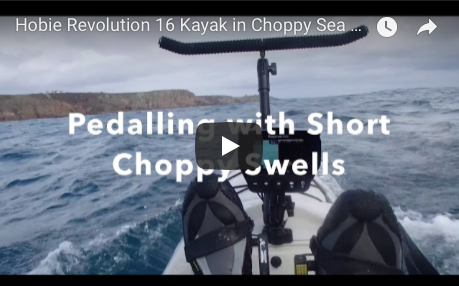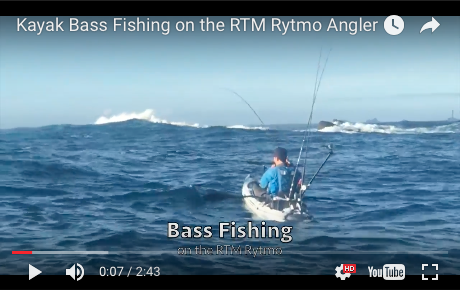What is a Hobie Kayak?Hobie are a company that are well-known within the water sports industry as a manufacturer who has over the years pushed the boundaries of design to create unique and innovative high-quality water craft. Within the paddling world they are well known for their range of kayaks powered by a pedal-drive system.... the Mirage Drive. The design and function of the Mirage Drive was originally based on the action of a penguins flippers as they propel themselves through the water. Hobie took inspiration from this and in a form of bio-mimicry created a system which powers a set of flexible fins side-to-side through the water, beneath the kayak, using the reciprocating action of pushing two foot pedals forwards and backwards - this in turn propels the kayak forwards through the water. Over the years this design has been improved upon up to the latest Mirage Drive 180 (MD180) system in 2017. The MD180 takes the Mirage Drive design to a new-level with the ability to pedal at full-power both forwards...and in reverse! So, why have i chosen a Hobie kayak? Why a Hobie Kayak?With the kayak being propelled through the water using your feet, your hands are left completely free to fish with. A Hobie Mirage Drive kayak therefore offers several advantages to the kayak angler over a paddled kayak..... You can troll a lure, or drift a bait whilst holding the rod and still being able to move and turn the kayak..... You can hold your position in a tidal flow or river current by gently pedalling.....You can force drift a bottom bait when there is no tide, current or wind to assist you, you can move the kayak whilst playing a fish.... amongst several other advantages. Seeing as catching fish is the primary reason i go kayak fishing, having these advantages would be desirable! The Mirage Drive also makes use of your leg muscles, which in most cases have more power and stamina that your arm muscles. The result... with less effort you will be going faster and further with a Hobie kayak. But is it a kayak?This is a topic of much debate within the kayak fishing community so i'll give my two pence. The issue arises from the generally accepted definition that a kayak is a hull propelled through the water using a twin bladed paddle as the method of propulsion. Since a Hobie kayak is propelled using the Mirage Drive it has caused controversy as to whether a Hobie Kayak is a kayak at all, or whether it is a pedalo! I see it like this.... A paddle is an implement used to push water. When used in the kayaking sense this provides propulsion. Using a twin bladed paddle is part of the definition of kayaking. A Hobie has twin blades (in the form of fins) which are manually powered and push the water to provide propulsion. Sure, the blades aren't on either end of a stick but the craft is still propelled through the water using paddles in the form of twin blades/fins. That's close enough for me to class them as a kayak and i certainly class fish caught from a Hobie as a kayak caught fish! At the end of the day it is a manually powered personal craft used to catch fish so whether it is pedal or paddle-driven i class them as a kayak. Times have changed since the definition of a kayak was formulated. I'm not too sure whether the method of propulsion alone can now be the defining point of a kayaks definition. Kayaks come in all shapes and sizes for all different paddling applications. I think that providing the hull takes the general form/shape of a kayak, be it a sit-in or sit-on-top, and has the ability to be paddled then it can be classed as a kayak. If it has a pedal drive then it becomes a pedal-driven kayak.... if it has a sail then it becomes a sail-powered kayak - powered because the form of propulsion is no longer manual.... if it has a motor then it becomes a motor-powered kayak. Just my opinion and not everyone will agree! Which Hobie Kayak?I have chosen the longest and fastest single-seater kayak in the Mirage Drive range.... the Hobie Revolution 16. This decision has come based on feedback from other Revolution 16 owners and also from Hobie Adventure owners, the Adventure being the predecessor model to the Revo 16. The Revo 16 is the model which best suits my needs for inshore and offshore saltwater fishing in conditions from flat calm up to the rough stuff! Lets take a closer look at this incredibly well thought-out kayak.... Hobie Revolution 16 - 2017 Model - Initial OverviewHere it is fresh out of the bag, a Revolution 16 in the Ivory Dune colour.... Lets take a look at the specs... Specification
Hull Design and ConstructionIt has a long and lean hull design constructed from top-quality HDPE. With a long sharp bow, you can tell it will cut efficiently through the water. It's not too bad in terms of weight either. At 34kg for the stripped down hull and at 16ft in length, it sits well amongst other 14-16ft rotomoulded fishing kayaks from other manufacturers. It does become a bit heavier with the addition of the removable Mirage Drive, Seat and Paddle but that is too be expected. Bow and stern views..... and from the side.... and underneath.... Everything about this hull design screams speed! The keel line runs just about the whole length of the kayak from he sharply sloped bow and stern giving almost 16ft of waterline length, and with hull speed increasing with hull length this is good! The sides are well rounded and should provide good secondary stability - this will help the kayak sit stable in really messy water conditions. The under-hull has a completely smooth finish so it should glide effortlessly too. The bow is long and sharp and looks like it will push well through flat water and against the rough stuff. The stern tapers well to a point too. The hull also appears to be quite shallow in height so shouldn't be too prone to windage. The hull looks superb and the overall finish is top notch... lets take a closer look at the extensive features on this kayak. FeaturesThe Revolution 16 comes kitted out with an impressive list of features as standard, many of which are very desirable to kayak anglers. The design team at Hobie are really switched on and with each year model released they make changes, sometimes small and sometimes big, based on their continual research and development in conjunction with user/customer feedback. The list of features includes:
Let's take a closer look. Starting at the bow we have a toggle handle attached to the kayak using a chrome pad eye, bolted into strong moulded-in nut inserts. Moving back we reach the large bow hatch... The bow hatch cover is held down using cross-over bungees, hooked under retaining hooks located in drainage channels - these allows any water splashing over the hatch to drain away. Webbing tabs on the bungee allow for easier unhooking of the bungee. The hatch cover and hatch rim features quality rubber seals. The hatch cover is held onto the kayak via a small webbing buckle. This allows the hatch cover to be unclipped if needed. There is stacks of storage space inside the bow. It will easily swallow up the popular Railblaza C-Tug trolley even with the larger Sandtrakz wheels, with still plenty enough room for a big dry bag or kit if needed. Lets take a quick look inside the hull.... Closed cell foam blocks run down each side of the kayak to provide buoyancy should the hull ever become flooded. More on that black post in a minute. Back up top and onto the bow end of the footwell, we find a flat semi-circular area - a useful spot for accessory mounting! At the centre there is a small rubber cap. Open this up and you find a black tube running to the bottom of the hull, which saw saw inside the hatch. This is a sail mount for the Hobie Sail Kits. It could easily be used to mount a camera pole or rod rest as well. Moving back and we enter the foot well and at the bow end, the Mirage Drive well, with Click-N-Go ports either side to hold the Mirage Drive in place. Even with the Mirage Drive in place, this also acts as the scupper drainage for the footwell. The Revo 16 also comes with a Mirage Drive Cassette Plug. This acts to fill the Mirage Drive well when the drive is not in use. The Revo 16 is one of the Hobie models that also paddles well, so if you fancy a change from pedalling, simply pop in the cassette plug and go for a paddle! The moulded-in foot rests make paddling more comfortable. The cassette plug is also useful to block off the hole during transport and helps to stop droning sounds as air moves over the hole. Pop out the cassette plug and in goes the Mirage Drive 180. Lets take a brief look at how this system works.... Hobie Mirage Drive 180 - OverviewThe Mirage Drive 180 is the latest incarnation of the Hobie Mirage Drive. It features the ability to pedal at full-power in forwards and reverse. The system also uses 'Glide-Technology' and this means that roller bearings feature at major pivoting components, such as the the Drums, Sprockets and Idler Pulley, for a smoother pedalling experience. The Mirage Drive 180 fitted into the Revolution 16.... The MD180 features padded foot pedals with adjustable foot straps... The MD180 features adjustable pedal arms to accommodate for users of various heights, simply squeeze a lever on the pedal arm and adjust using the numbered scale on the drum. Lower numbers for shorter users, and higher numbers for taller users. The drive locks down to the kayak using Click-N-Go ports. Simply push the drive system in and it locks into place. To remove, pull the levers back towards the stern and pull out the drive system. The forwards and backwards motion of the foot pedals is converted into sideways motion of the fins using various components on the main body of the drive system. Each pedal drives a drum, and each drum moves a chain assembly around a sprocket above each fin located on the main drive shaft. A metal mast runs from the sprocket down into the fin to link sprocket movement to fin movement. As one pedal is moved forwards, the motion cause one chain to pull one fin up, and the other chain to pull the other fin up on the opposite side. Moving the other pedal forwards then replicates the motion in the opposite direction. Repeating this causes the fins to move from one side of the kayak to the other. The motion is linked between the two drums via a cable running over an idler pulley. Switching between forwards and reverse is as simple as pulling a toggle - Green for Forwards and Red for Reverse. No changing the direction in which you pedal, simply pull the reverse toggle, it flips the fins around, keep pedalling as you were and you go in reverse! The MD180 features ST (Square Tip) fins. The fins are made from a tough rubber-type material. A metal mast sits within their leading edge to drive the fins, and the trailing edge flexes to provide propulsion. Fin tensioning bolts feature at the top of the fins to tension the trailing edge of the fin. Tighten the bolt for a stiffer fin and more top end speed, loosen for a slacker fin with more low end torque. Shown in the forwards motion position (left) and reverse motion position (right). In very shallow water the fins can be fluttered close to the hull to provide some propulsion. Upon launching or landing you can hold the fins flat against the hull to prevent damage, simply by pushing one pedal forwards. The back pedal can then be held in place using the pedal retention hook in the footwell. You can then paddle into deeper water before engaging the fins upon launching, or paddle from deeper water back into the beach/bank upon landing. The fins must also be kept flat when trolleying or carrying your kayak to reduce the risk of damage. Back to the features of the Revolution 16...Between the foot well and seat we find a number of features... Mesh storage pockets feature either side of the hull, which will be handy for storing essential tools and bits of tackle. Small toggles are found at the bow end of the pockets, one labelled 'UP' and one labelled 'DOWN'. These are the rudder up-haul and deploy control lines. Simply pull the relevant cord to haul or deploy the rudder. The right side pocket features a jam cleat screwed onto it's frame. This can be used to cleat the down haul rudder line in its most down position if needed. Inside each pocket we find a 3-Way Thru Hull Connector Deck Seal. These can be used to route fish finder/electronics cables through as part of the 'Lowrance-Ready' system.... more on that later. These are really neat deck seals which can allow for up to 6 cables pass through them! Below the right pocket we find a hole through the hull, which can be plugged up using the foam insert provided. This is designed to take a drop-down daggerboard, which functions to provide lateral resistance and stability, when using a sail. Just forwards of the seat we find a centre 8" Twist and Seal hatch, with hinged lid. Simply lift the toggle and twist to open or close. The hatch features a decent rubber o-ring seal. Inside the hatch we find a removable Hobie Gear Bucket, with several compartments - ideal for storing essential items of tackle. Remove the gear bucket and you get access to the hull. Closer to the seat we find a drinks holder on each side, along with foam padded side carry handles. On the left hand side we also find the rudder steering handle. Moving the steering handle side to side controls the rudder at the stern via the steering assembly located inside the hull. Onto the seat.... Hobie Mirage Kayaks come as standard with the very comfortable and fully adjustable 'deck-chair' style Vantage CT seat. The frame of the seat is constructed from a tough plastic, whilst the fabric is mix of a quick drying type of space mesh and a rubberised mesh. The seat back can be adjusted using controls on the back of the seat. The angle of the seat is adjusted by pulling a small lever and then applying pressure on the seat back either backwards or forwards. The seat back also features Boa® Lumbar Support! Simply tighten the adjustment wheel to tension the fabric in the lower back area of the seat, and pull out the wheel to slacken it off. The seat can also be height adjusted and the base tilted. This can be altered using an adjustment lever and toggle on the front of the seat. Pulling the lever and applying upwards pressure on the base of the seat causes the front to rise and the seat base to tilt. Tilting the base can provide good under thigh support whilst pedalling. The whole seat can be put in a raised/high position by pulling the 'kick-stand' toggle. This deploys two short legs at the back of the seat allowing for a raised position. The kickstand can either sit against the bottom of the seat well, or up on top of a ridge a few inches above. This puts the seat in its highest position. There is a lot of adjustability here. I expect i will be using the lowest setting the most, to keep a lower centre of gravity on the hull which will provide better stability in lively water conditions. Below shows the seat in its lowest (left) and highest (right) positions. The seat features a small retention clip at the back to ensure the seat is leashed in the event of capsize. We can also see that the seat is rated to a max. load capacity of 275lb/125kg. The whole seat can easily be removed from the hull, for storage and transport. Simply unclip the retention clip and tilt the whole seat forward to release it from the front support bar. Before we move on, the Vantage CT seat has another trick up its sleeve, or rather in it's frame. Take a look at the frame on the seat base and you will find 4 short legs clipped to the frame using small bungee loops. Undo these and pop these into the leg receivers in the corners of the chair.... The Vantage CT seat has now become a beach/camp chair! Now that is one awesome seat! Super comfortable and very adjustable, and with the lowest setting keeping you raised off the deck, the Vantage CT seat should provide a fairly dry ride too. I'm very impressed. Onwards... At the front of the seating well we find a toggle labelled 'DRAIN'. Pulling this opens a small scupper hole beneath the seat allowing any water in the area to drain away. The default mode is for this to be closed but it can be held open using the screw-in jam cleat that the toggle cord passes through - this may be useful in particularly rough conditions when a lot of water is coming into the foot well and seating area. The scupper itself is actually a speed drain, all thanks to a bullet shaped Venturi scupper cover on the underside of the hull. As water moves over this, the Venturi effect takes place whereby negative pressure sits at the opening of the scupper, which in turn actively draws water down the scupper quickly slurping any water away that was sitting in the seat well above! Moving towards the stern we reach the large rear tank well. There is plenty of space here for a storage crate and more. The tank well is covered by cross-over bungee cord, held in place between various screw-in fittings. The screw in fittings are quite clever. These little black plastic fittings simply screw into a moulded-in plastic threaded recess in the hull. You can quite easily swap and change them around to customise your set up. In the tank well we find screw-in XL Pad-eyes at the corners, and screw-in cleats in the middle. The cleats allow for the bungee to be easily unhooked if needed to release any cargo. The bungee ends terminate in hook ends to make complete removal of bungee easy if required. At the front of the tank well we find 3 scupper holes. The outer two are reinforced with a plastic sheath - this allows for the use of the Hobie 'through-scupper' style trolleys to be used without causing damage to the hull. I really don't like these style of trolleys so i'll be sticking with my C-Tug. It's nice to see that Hobie have made their kayaks compatible with this style of trolley though. The middle hole leads down to the transducer scupper recess for the Lowrance-Ready system. On the underside of the hull we find a black plate covering this recess, attached to the hull by 3 bolts. The cover plate features small holes towards its bow end to allow water to flush through the recess, ensuring there is no build up of sand/debris in the area. Beneath the plate lies the transducer scupper recess. This area is designed to house the Lowrance 83/200 kHz (Medium/High CHIRP) transducers and will also house the smaller Lowrance 83/200 kHz broadband skimmer transducer. The transducer is mounted onto the cover using fittings supplied with the kayak. The transducer then shoots through the cover plate but remains completely protected from damage. Whilst designed for the Lowrance CHIRP transducers, other manufacturers transducers can be made to fit, including the Raymarine Dragonfly CPT-DVS and Garmin GT20 transducers. With a transducer mounted to the plate, the cabling can be run back up through the scupper to the tank well, and the plate secured back onto the hull. Back in the tank well, above the transducer scupper hole we find a 3-Way Thru Hull deck seal. The transducer cable can run through this back inside the hull, and then forwards to one of the side pocket deck seals, where the cabling and unit plug can exit again to reach the main fish finder head unit mounted somewhere around the foot well. A battery can easily be stored inside the centre hatch. That completes the 'Lowrance-Ready' system - a super easy fish finder install system! Either side of the tank well we find moulded-in flush-mount fishing rod holders, with rubber caps. Onto the stern.... Just back from the tank well we have another 8" Twist and Seal hatch, handy for storing any extra equipment not necessarily needed on the water and also very handy for accessing the rudder control lines in case adjustment or maintenance is needed. The lid of the hatch holds a spare rudder pin, incase you break one. Lets take a look inside the hatch.... Looking towards the stern we can see the tubing for the rudder control lines as well as a keel and deck drain bungs. Looking towards the bow we can see the various mouldings for the rod holders and scupper holes. Back up top, there is another toggle handle, again attached via a chrome pad eye and then at the very stern we find the Twist and Stow Rudder system. During transport and storage the rudder blade can be held against the hull using the bungee cord running between two screw-in fittings. Unhook the bungee and pull the down toggle up in the cockpit and you deploy the rudder. The rudder blade sits well below the keel line for effective steering. Looking from above, we see the rudder control lines, which are made from non-stretch spectra braid - the centre two lines control the up-haul and deploy function, and the outer two lines control the left and right steering. At the back of the keel line we find a small drain plug. This screws into a strong brass housing. This is in a great position for getting water out of the hull should any find its way in. There is also another drain plug up on the deck side of the kayak at the stern. Hobie Mirage Drive kayaks come as standard with a 2-piece fibreglass shaft paddle with fibre reinforced blades, and the one that comes with the Revo 16 is 230cm in length. It is a little longer than i'd choose but then again it won't be used too often. This sits on the right hand side of the kayak in a bungee paddle holder. The paddle will be handy for paddling off the launch mark to deep enough water to work the fins, or for paddling back into shore the last hundred yards or so where it may be too shallow to pedal. It will also be a handy back up should the drive system ever fail! That's about it for the features! Every feature seems to have been very well-thought out and positioned. In fact there is not many un-nessecary features at all, which can often be the case on pre-rigged kayaks. This is a very impressive hull. With the hull stripped of all removable features i.e. the MD180, the Vantage seat and the paddle, the hull comes in at a manageable 34kg. A few extras come with the kayak including: a nice little owners/instruction manual, a catalogue, a couple of scupper bungs for the rear tank well and various fittings for the Lowrance Ready system and Thru-Hull wiring plugs. Initial ImpressionsWow. Just Wow. This kayak looks absolutely incredible! The hull design looks superb and the construction and finish is superb. There are a whole host of features which come as standard and all seem of high quality and well thought-out and positioned on the hull. The Mirage Drive 180 looks an impressive piece of kit. The Vantage CT seat is super comfy with plenty of adjustability. The rudder system is easy to use. There is stacks of storage space. The Lowrance-Ready system is going to make fish finder installation very easy. All the fittings and fixings on the kayak are quality. I'm happy with the stripped hull weight too. At 34kg it is manageable to car top without too much difficulty. It becomes heavier when fully rigged but its on a trolley then for easier moving to and from the water. I can see this kayak taking me to those fishing marks further afield, and taking me there faster too. I'll be using the Revo 16 alongside my other fishing kayak of choice, the RTM Rytmo, because i still enjoy paddling and although the Revo 16 can be paddled, it'll be nice to have a change every now and then. I'm really looking forward to getting this kayak on the water! At this point there is not too many negative points to say about it, other than it's fairly heavy once fully rigged compared to my previous kayaks (but thats to be expected with the addition of a drive system) and that it'd be better with a 220cm paddle over the supplied 230cm paddle. So far i'm very impressed. First pedal and rigging posts will soon follow! How Much and Where to Buy?Pedal-drive kayaks cost more than roto-moulded paddle-driven kayaks and a Hobie is no exception to this! The Hobie Revolution 16 - 2017 Model with Mirage Drive 180 currently retails in the UK for £2895.00. This is a lot of money for many people, and for some will be much more than they'd consider spending on a kayak. Are they worth the money? Given the popularity of Hobie kayaks, they must be worth the price for a lot of people. The majority of the cost comes from the Mirage Drive 180, which alone retails for around £900. This brings the hull price down to £2000. Time you take off the rudder kit cost, which for most manufacturers is between £200-£400 for a kit, and then a deck-chair style seat at another £100-200, and a fibreglass paddle at around £100, you are looking at a cost of maybe £1300-1600 for the actually hull itself. At that price it actually sits around the mark of many top end 14ft+ fishing kayaks from other manufacturers. Still, it is a pricey initial outlay and only time will tell if it is money well invested. One great thing about Hobie kayaks is that they hold their value really well on the second hand market, so can always be sold on without too much loss if needed. I don't think my Revo 16 will be going anywhere for a while though! I got my Hobie Revolution 16 from Cornwall Canoes, who are one of the leading Hobie importers and retailers in the UK. They stock a great range of Hobie kayak models as well as a vast range of Hobie Accessories and Parts and are experts in all things Hobie! You can find out more on their website here: Cornwall Canoes - Hobie Kayak UK ColoursHobie produce their Mirage Kayak range in 5 colour options: Golden Papaya, Red Hibiscus, Caribbean Blue, Ivory Dune and Olive. I opted for the Ivory Dune colour as i prefer neutral colours and it looks pretty smart! Any Questions?If you have any questions about the Hobie Revolution 16, comment below and i'll do my best to answer them!
Alan Preston
29/3/2017 20:30:22
Very good full revue. Hope you enjoy your Revo as much as I do with my outback
steve
1/5/2017 16:20:13
where would you suggest best place rod holders is please
Cornish Kayak Angler
9/5/2017 21:31:17
Hi Steve,
Hi, 7/12/2017 06:15:21
It’s a great kayak. I love this article, it’s a proper informational article, why select a Hobie!! I also have a kayak but it doesn't have all those great Features. I am used my kayak in the last 6 years. Now I want more advanced kayak like Hobie. This kayak much advance pretty good. I am specially like the capacity of this kayak. I must have recommended this Hobie revolution 16 for all the professional kayaker.
Dan Hart
30/12/2017 01:44:19
Absolutely first class blog and site in general. This is going to be an absolute god send over the next few months. Thank you for your help at Cornwall canoes this week and for pointing me in the right direction with this little gem.
Alex
18/2/2018 16:13:09
Hi Liam. 16/3/2018 22:05:02
Hi Alex, 24/10/2019 11:12:03
I should say only that its awesome! The blog is informational and always produce amazing things.
Orion Pritchard
28/1/2021 19:47:13
Great post. I have 2 of these on order and I'm binging on kayak porn. Super informative and gives me a leg up when they arrive. Comments are closed.
|
AuthorLiam Faisey My Tackle ShopSPONSORSProudly associated with
Cornwall's only specialist kayak fishing shop
Archives
March 2023
Categories
All
Add my blog to your feed reader by clicking the button below
Get blog updates via email
Kayak Fishing VideosCustom feed reader powered by FeedWind
Useful Links
Anglers Afloat
Cornish Shore & Kayak Fisherman Cornwall Canoes Palm Equipment Penzance Kayak Fishing Meet Info Saltwater Kayak Fisherman Magic Seaweed XC Weather |
|
Website powered by pasties and the hope of good weather!
© 2023 Liam Faisey
© 2023 Liam Faisey



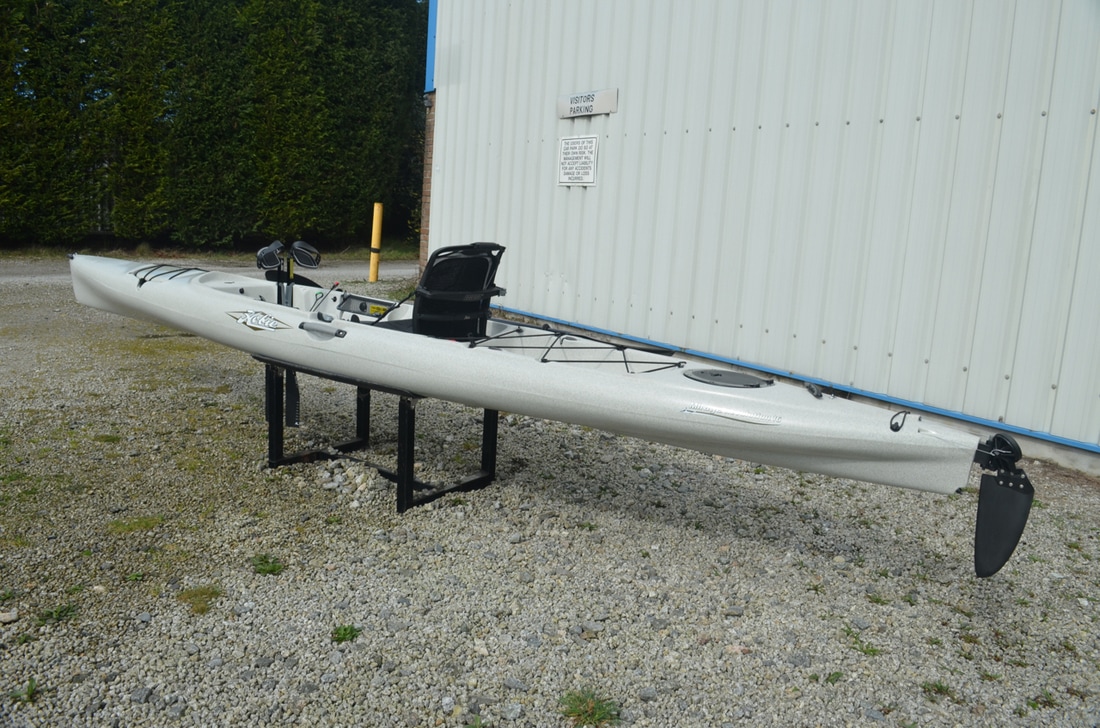







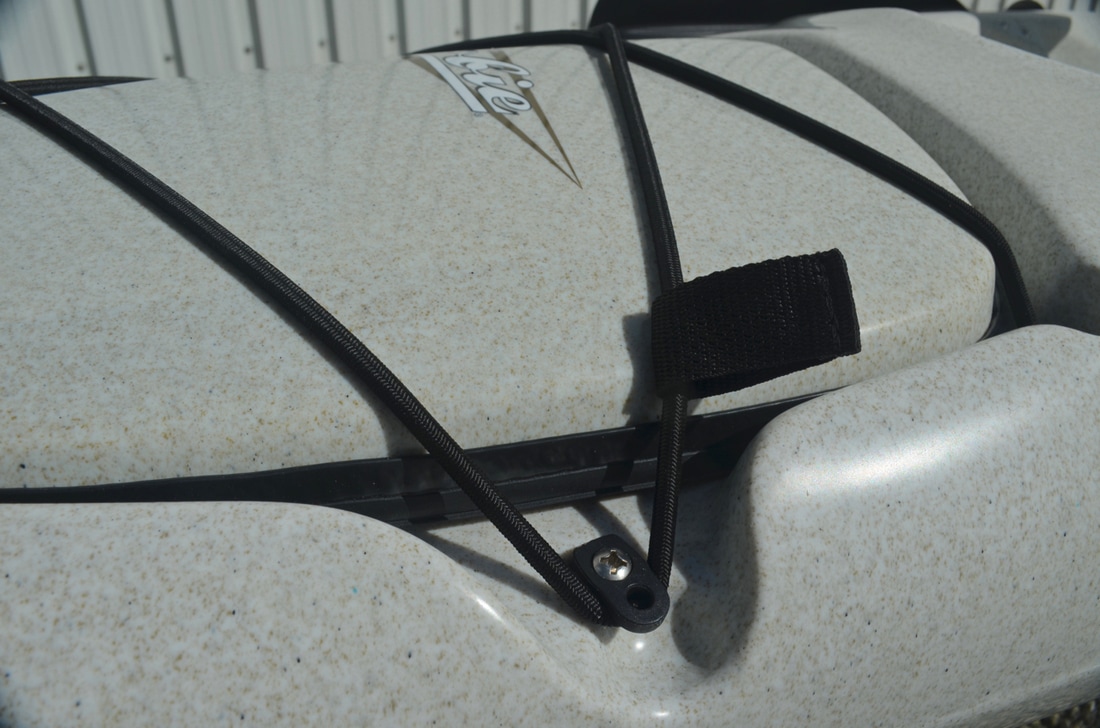



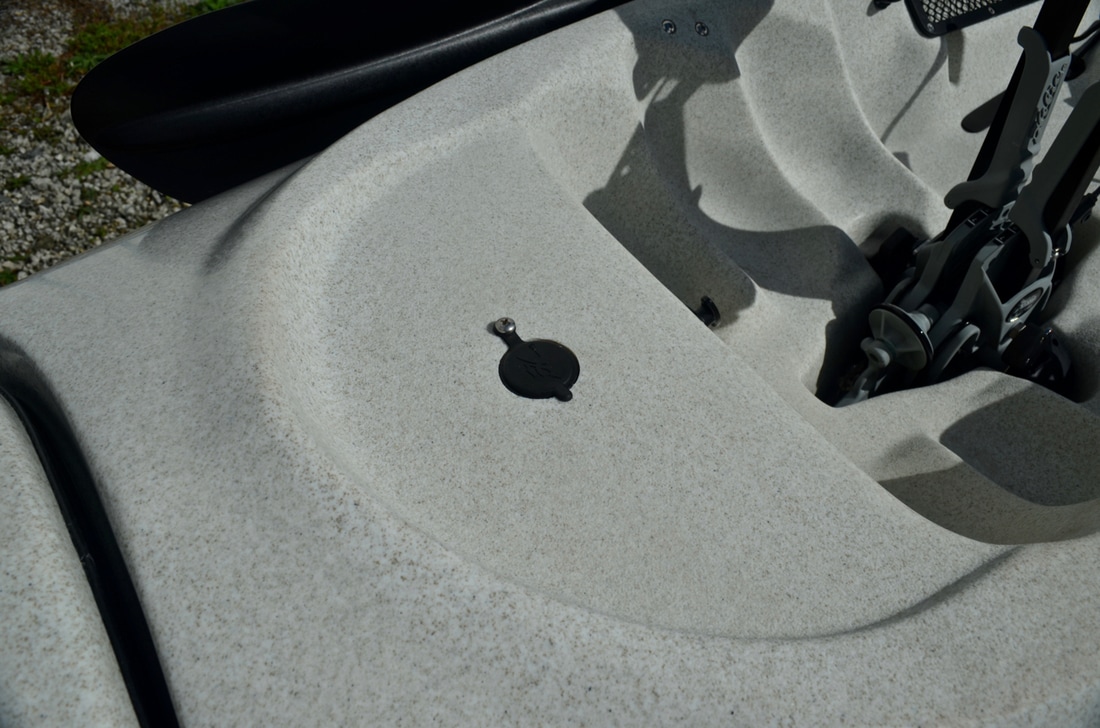












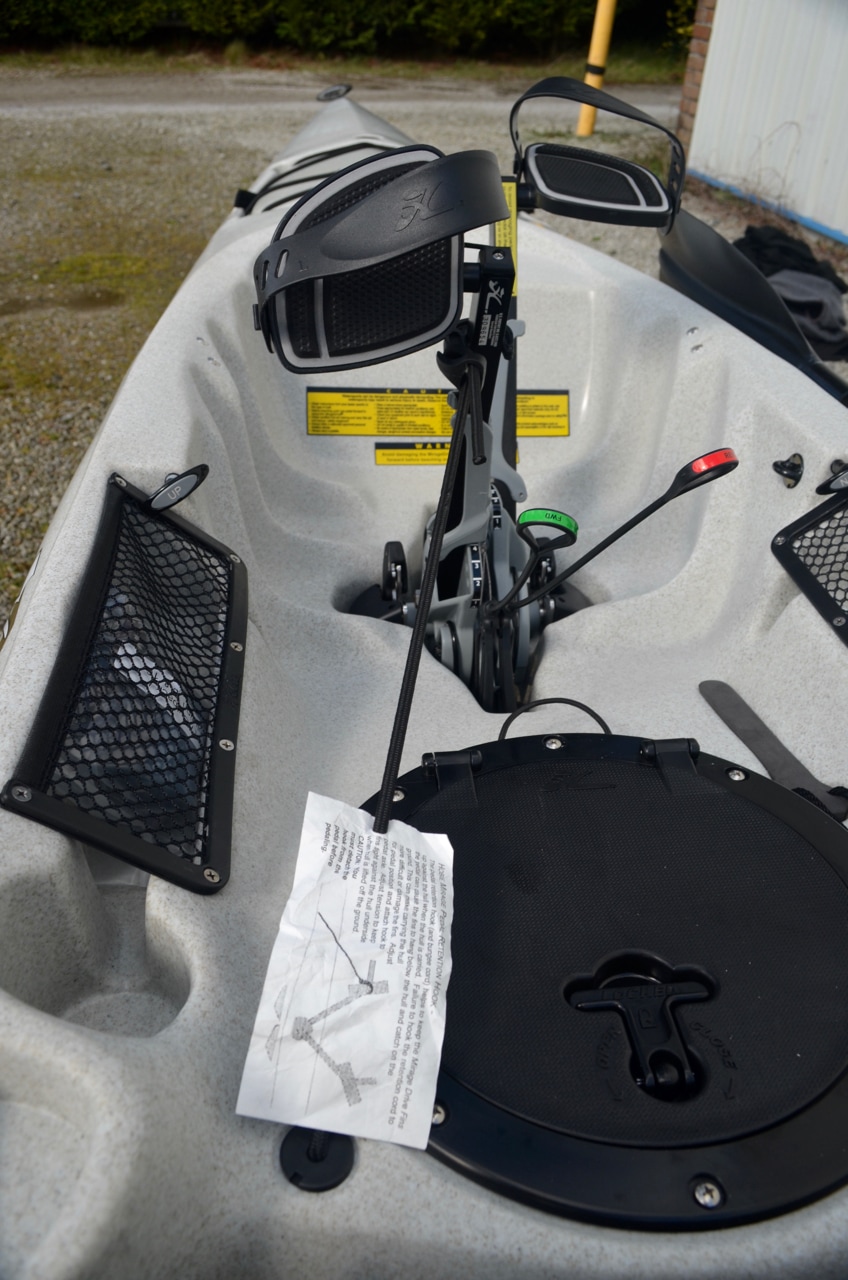



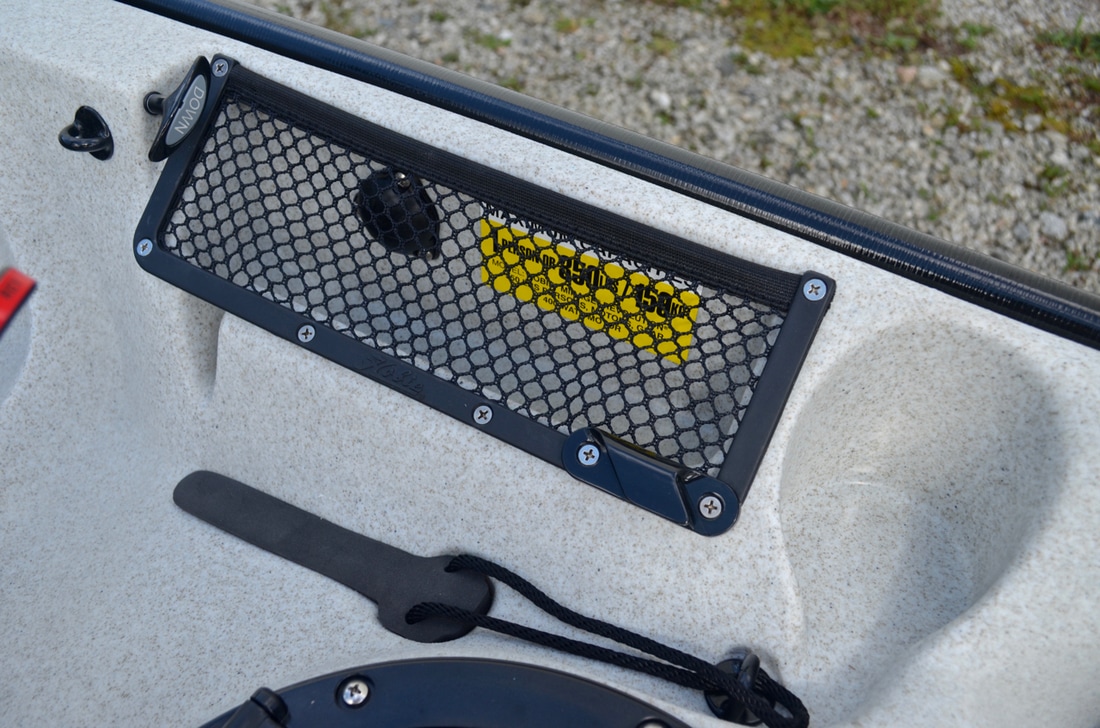

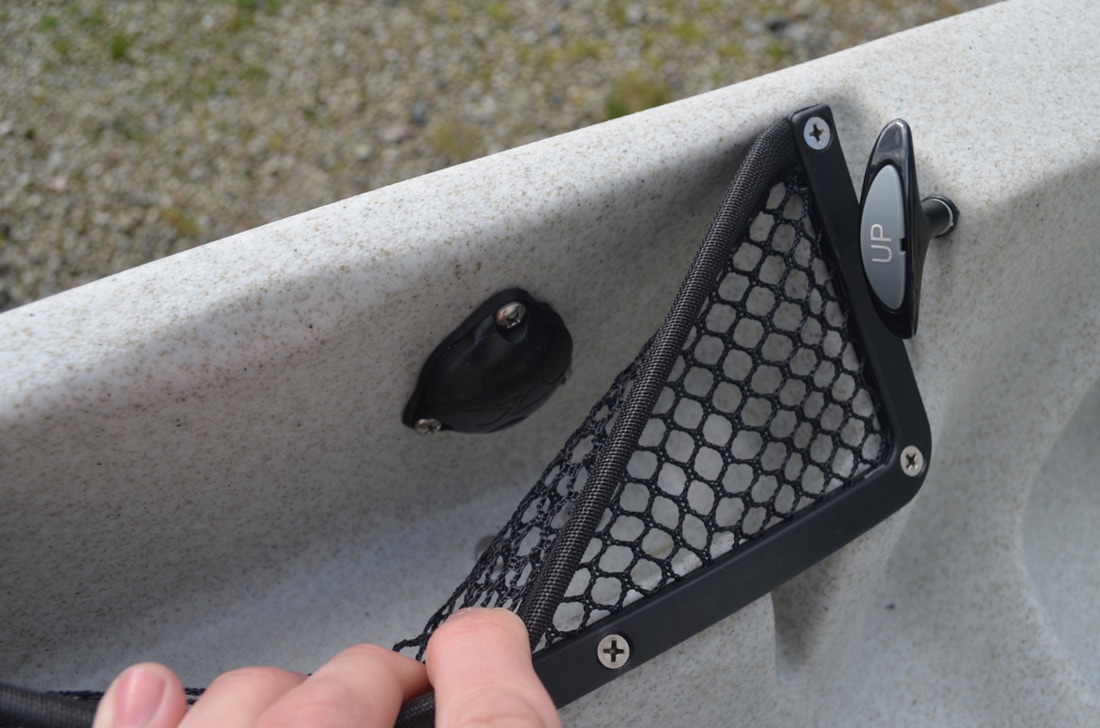

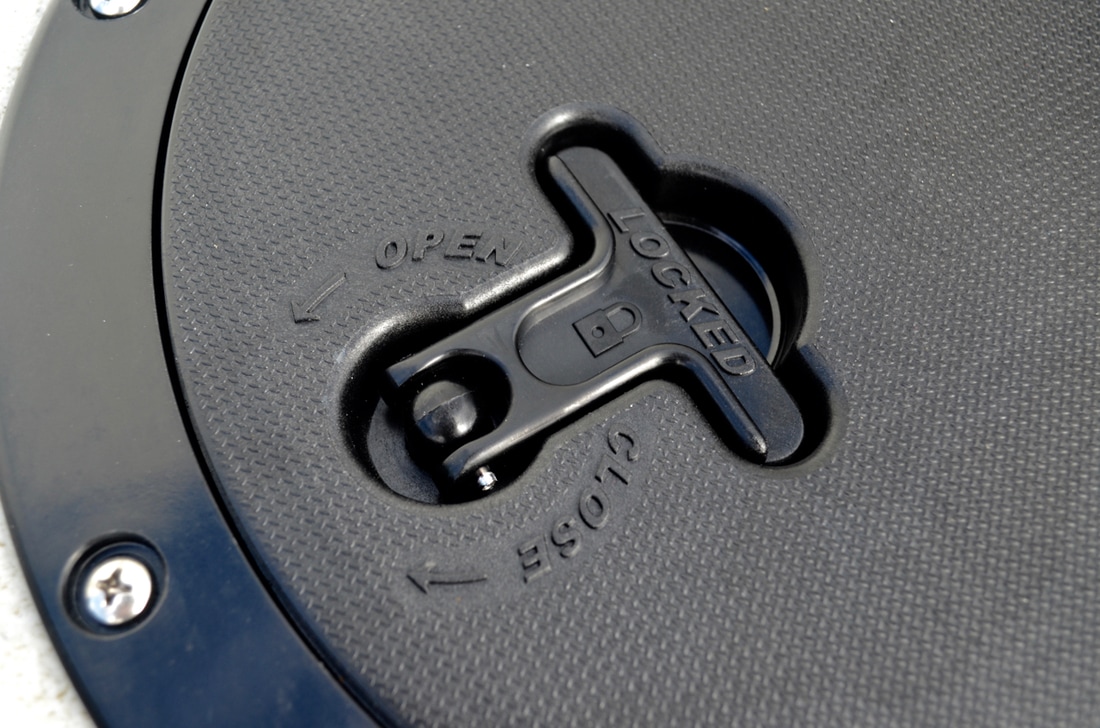
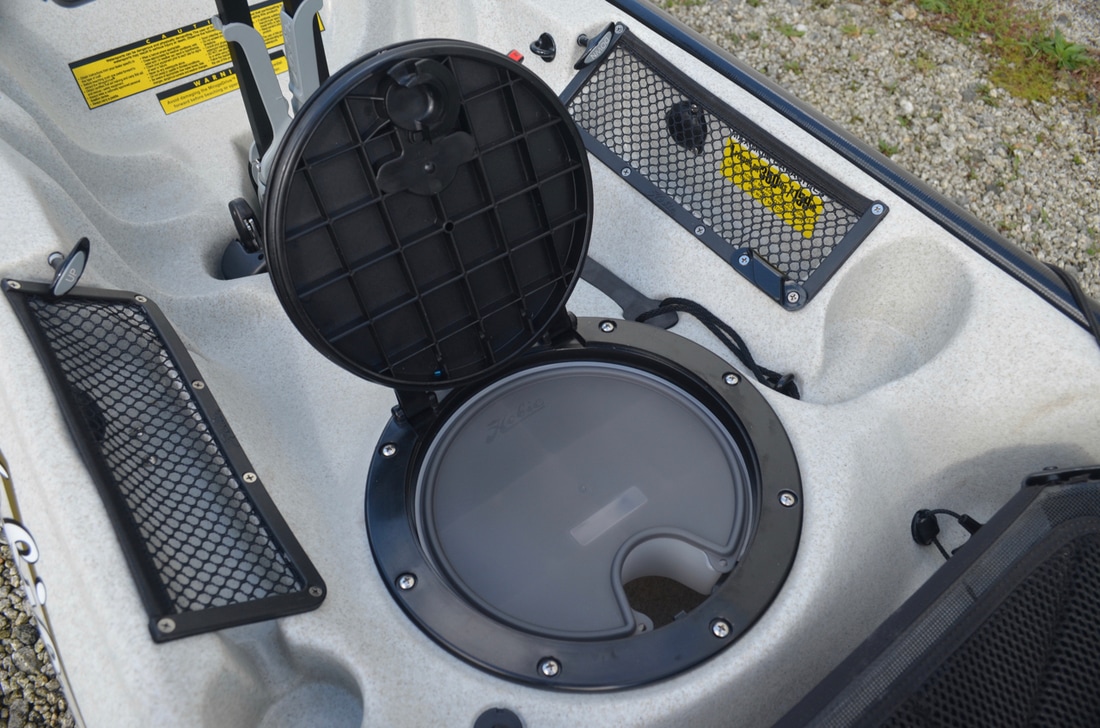
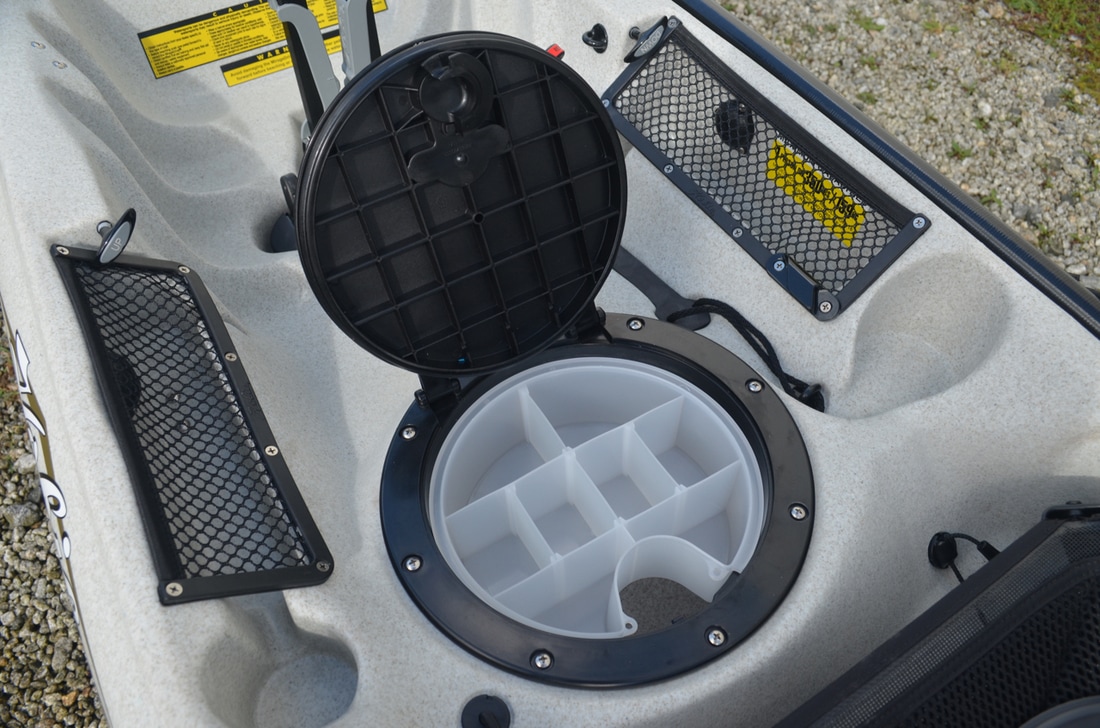











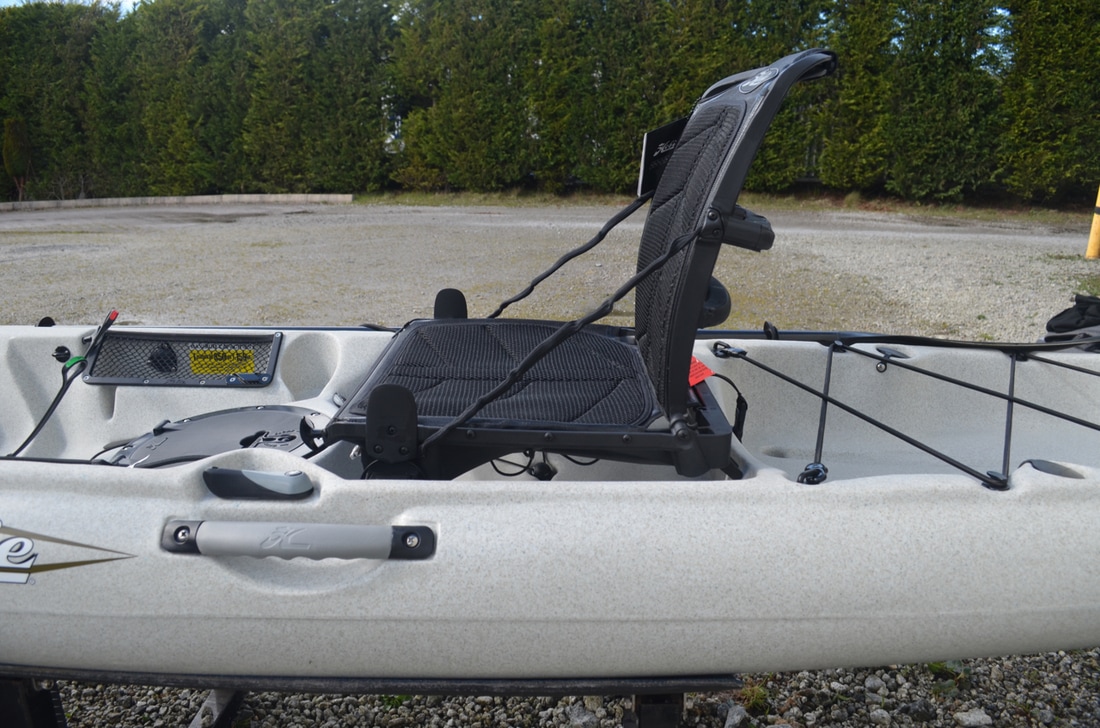



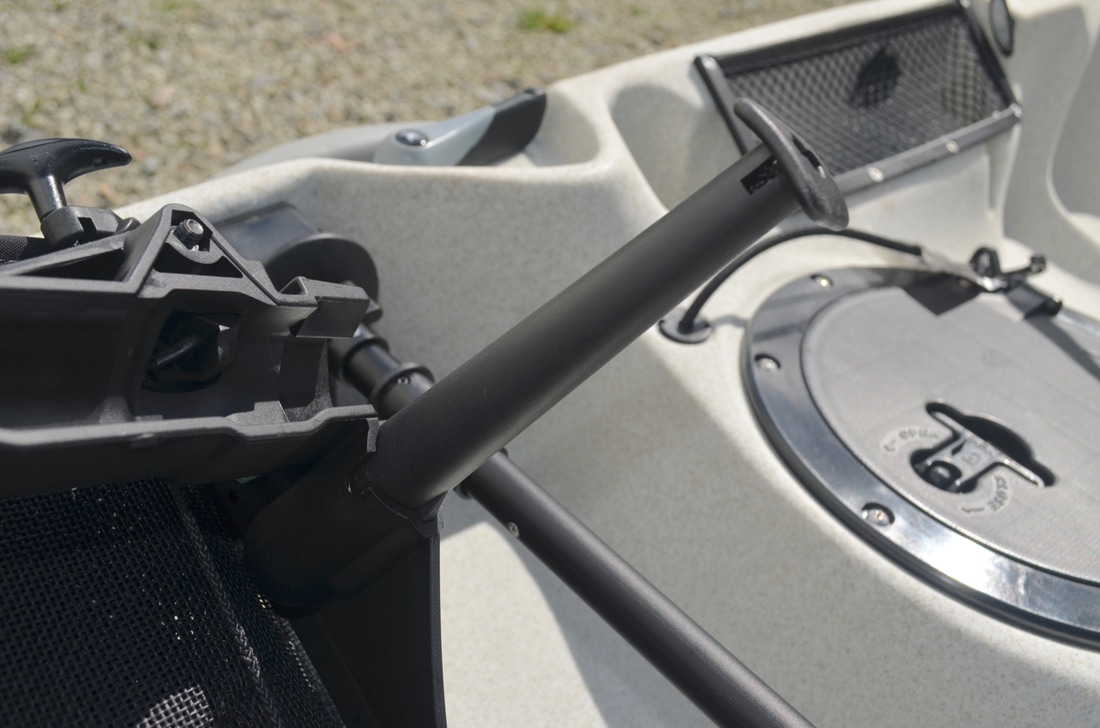




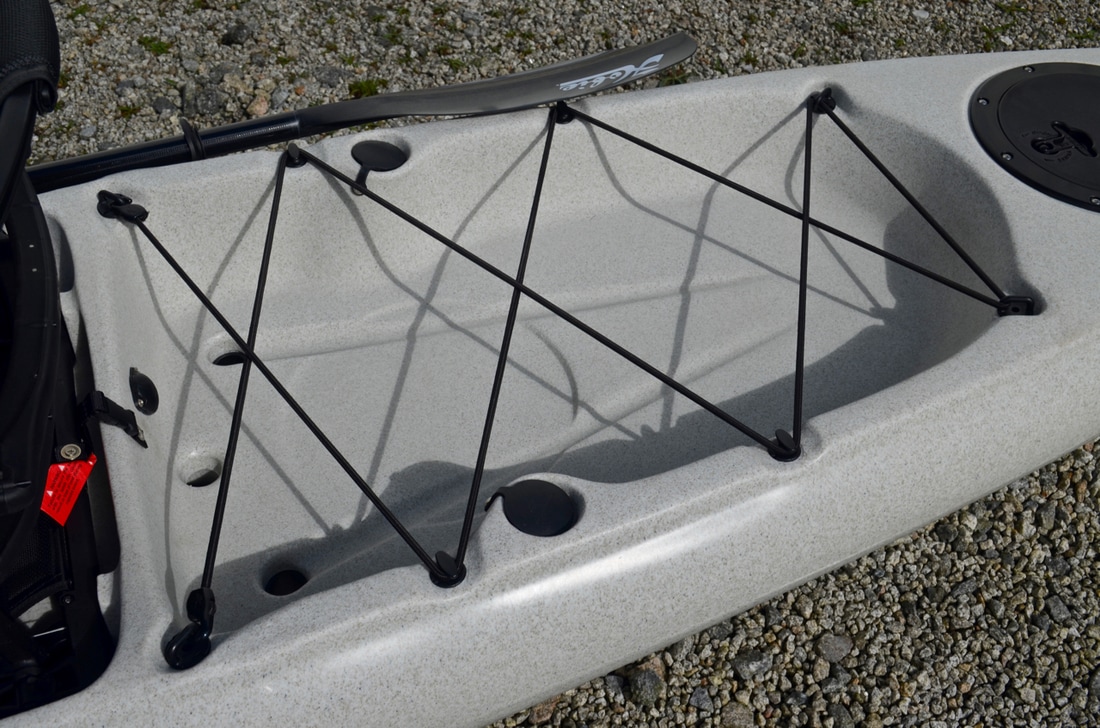

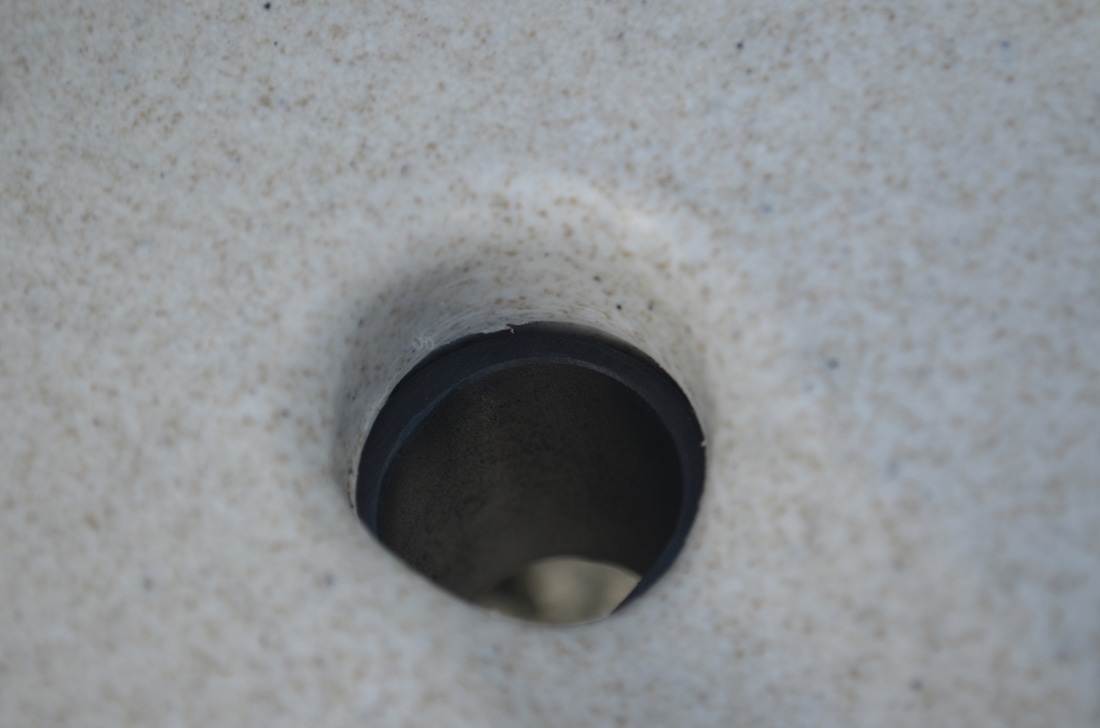
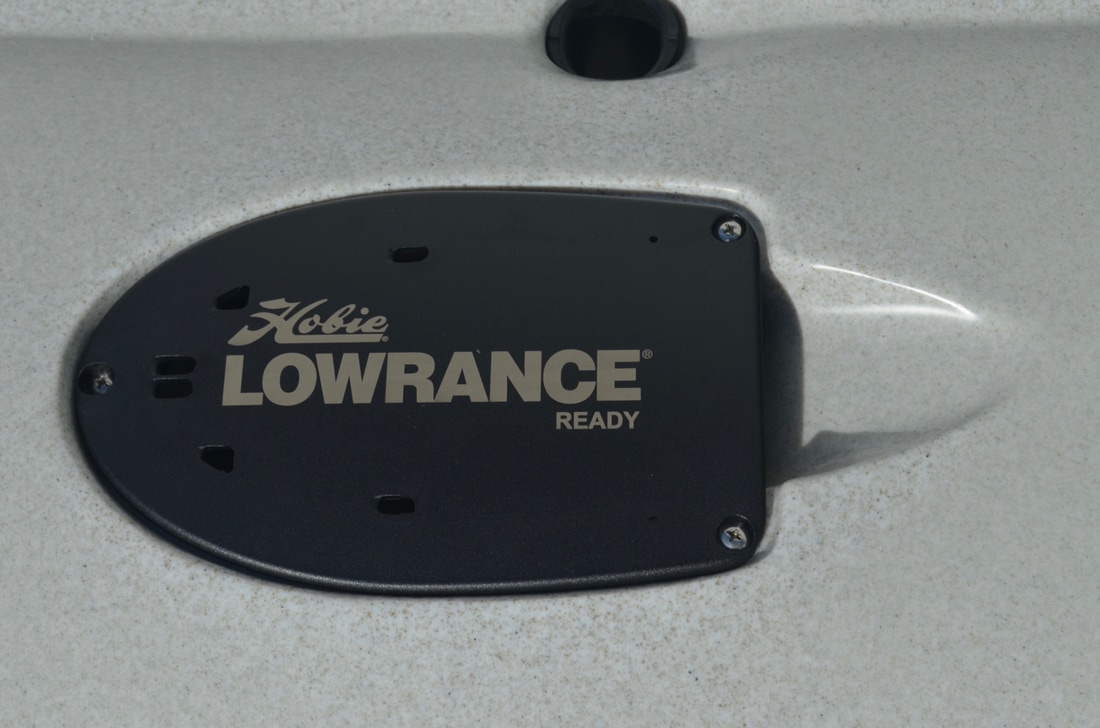




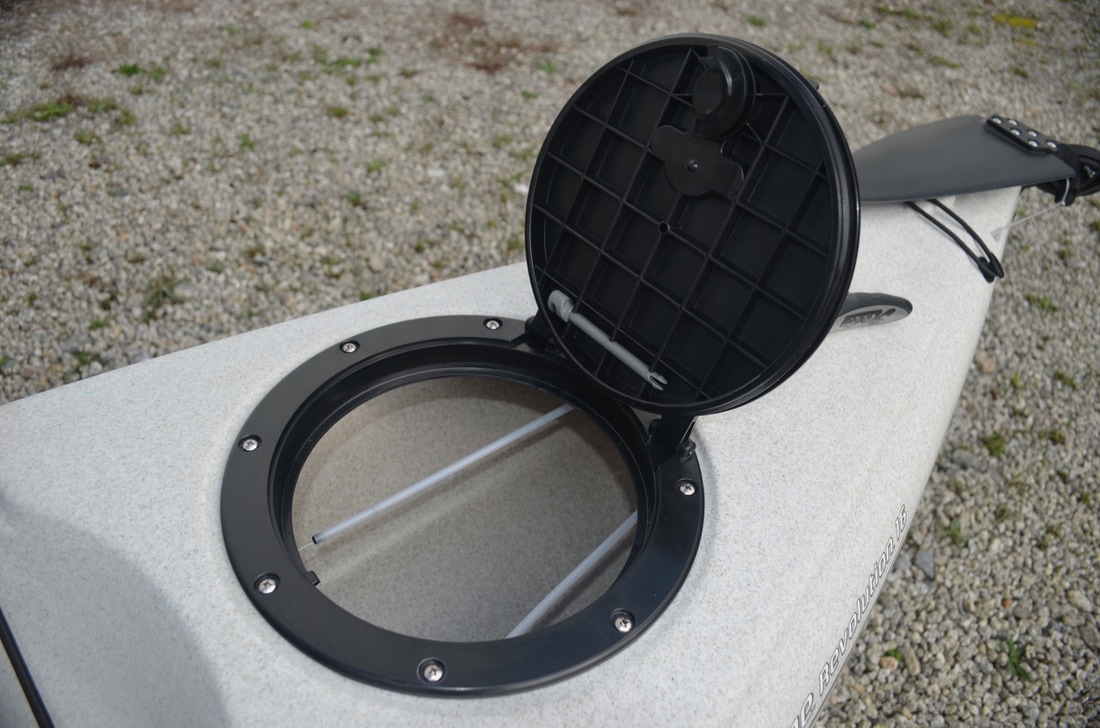





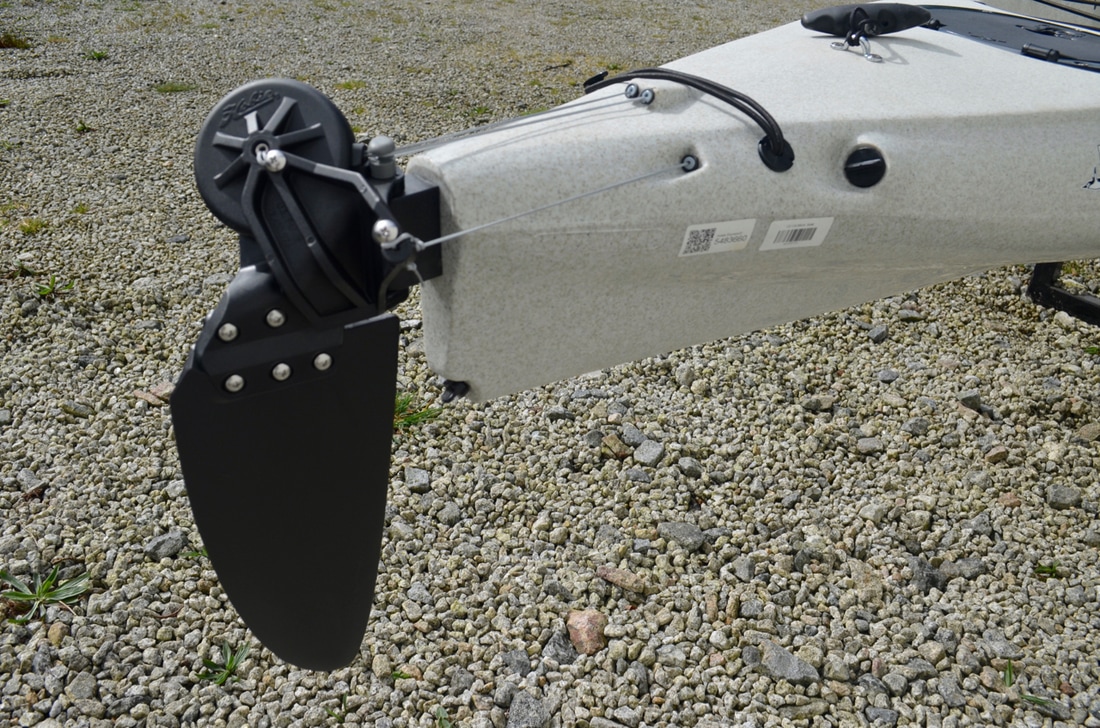











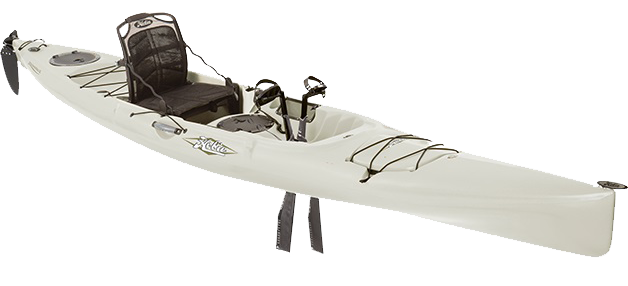









 RSS Feed
RSS Feed



